Today the Australian Federal Government Minister for Energy, Angus Taylor released the long speculated-upon call for Registrations of Interest in the Government’s Underwriting New Generation Investments Program. It appears specifically targeted at extending the life to existing coal generators.
Ostensibly, the program has been developed in response to the finding by the ACCC’s Retail Electricity Pricing Inquiry that competition in the wholesale electricity market is not working to the benefit of consumers, and has affected electricity affordability.
Industry insiders have, over months, gathered that the underwriting proposal from the government would be designed to extend the life of existing coal or gas-fired generators; and perhaps specifically to enable an extension of the life of the Vales Point coal-fired power station – which could be utilised to supply the Tomago Aluminium smelter.
However, the language of the program as outlined so far appears neutral. The Overview of the call for Registrations of Interest (ROIs) states: “The program will provide financial support to facilitate the development of new firm generation capacity. It will be technology neutral, providing a level playing field to enable the best and lowest cost generation options to be supported.”
The relevant ACCC recommendation was that Government support should be provided, “to make bankable new investment by new players in generation capacity to help commercial and industrial customers and drive competition.” It was only a recommendation, but increasing competition in the market is key to the ACCC’s findings.
Instead, the Federal Government’s call for ROIs also opens the door for existing fossil fuel generators to receive its taxpayer-funded support by specifically including “‘brownfield’ projects such as upgrades or life extensions of existing generators” as eligible to participate in the program.
Says Simon Holmes à Court, advisor to the Energy Transition Hub at Melbourne University and a renewable investor, “Given our Paris commitments, you wouldn’t expect coal to be a qualifying technology.”
Professor Andrew Blakers of the ANU College of Engineering, an expert in solar PV and energy systems engineering, told pv magazine Australia that he couldn’t really comment on the underwriting program, because the proposal is, “all a bit surreal”. Blakers elaborates: “They haven’t written the legislation, the rules are unclear, and in fact the most practical and the best placing of any additional money would be on increasing transmission strength, closely followed by storage, or in conjunction with storage.”
Improved transmission would allow the grid to smooth variations in weather between Australia’s regions, making renewable-energy generation across the country more consistent; and storage would “firm” renewable sources, underwrite their reliability as very likely the cheapest sources of power.
Commenting after the announcement of the ROI, Shadow Minister for Climate Change and Energy, Mark Butler described it as, “A desperate act of ideology to throw billions of taxpayers’ dollars to new coal-fired power stations that investors simply won’t touch with a barge pole.”
Did someone say “billions”?
The extent of the funding pool isn’t enumerated in Taylor’s ROI, but Holmes à Court posits that if one of the funded new-generation projects, or the only project, to be underwritten were the extension of the life of a coal-fired plant, it would be difficult for investors to commit without the assurance of a carbon indemnity. Such an indemnity could easily run into billions of dollars over a number of years if an incoming government were to reintroduce a carbon price.
Such indemnities aren’t referred to in the ROI document, which does state that there will be caps on the amount of financial support and/or government liability under the program. These thresholds, however, “are yet to be determined”. The document continues: “Upper limits will not be published in order to maintain competitive pressure.”
The document also lists the merit criteria against which projects “could be assessed” for participation in the program. They include, “The overall emissions intensity of the firmed electricity product supplied to customers,” with lower-emissions proposals being “deemed higher merit”.
Overriding all the merit criteria provided as a guideline to those registering interest is the caveat: “The Government may add to, amend or remove criteria prior to the commencement of the RFP process.”
This is a reminder that the ROI is not a selection process. It is a preliminary process intended to inform the design of the program to come and “develop an initial pipeline of projects that covers all firmed technologies.”
The Request for Proposals will be the first real phase of the project, and there is no legislation yet passed or perhaps even drafted for the program to proceed.
Labor’s Butler describes the process as rushed: “There is just a series of announcements being rushed out on the eve of Christmas in the shadow of an election campaign that may be called within weeks.”
Holmes à Court suggests there are two ways of viewing Taylor’s call for ROIs: “The conspiratorial view holds that the department has been ordered to find a way to use taxpayer funds to underwrite an off-take agreement between Vales Point – the coal power station expected to close after Liddell – and the Tomago aluminium smelter. The more generous view is that the department is working in the public interest to faithfully respond to ACCC’s recommendation, bringing much needed competition into the market.”
“If they’re playing with integrity,” Holmes à Court calculates, “it will take months to design the program and open it up to actual proposals, which will then need to be assessed before selection, documentation and signing.” The renewables investor notes “that it’s hard to imagine,” all of this taking place before the caretaker period prior to the proposed election day in May.
So, what is the rationale behind today’s announcement? Holmes à Court has an alternate theory: “Angus has his eye on the top job, and for that he needs to maintain support across the broad church of his party room. With strong opposition outside the party, it may be impossible to deliver any funding for coal before the federal election. But if Angus can show he’s a man of action, prepared to swim against the current – ‘virtue signalling’ to the hard right – it’ll put him in good stead for a future leadership role.”
His conclusion on the ROI: “I think it’s a bit of a nothing, really.”
Natalie Filatoff
This article was updated on 13/12/2108 to reflect that Vales Point does not supply the Tomago Aluminium Smelter – it is currently supplied by Liddell.
This content is protected by copyright and may not be reused. If you want to cooperate with us and would like to reuse some of our content, please contact: editors@pv-magazine.com.
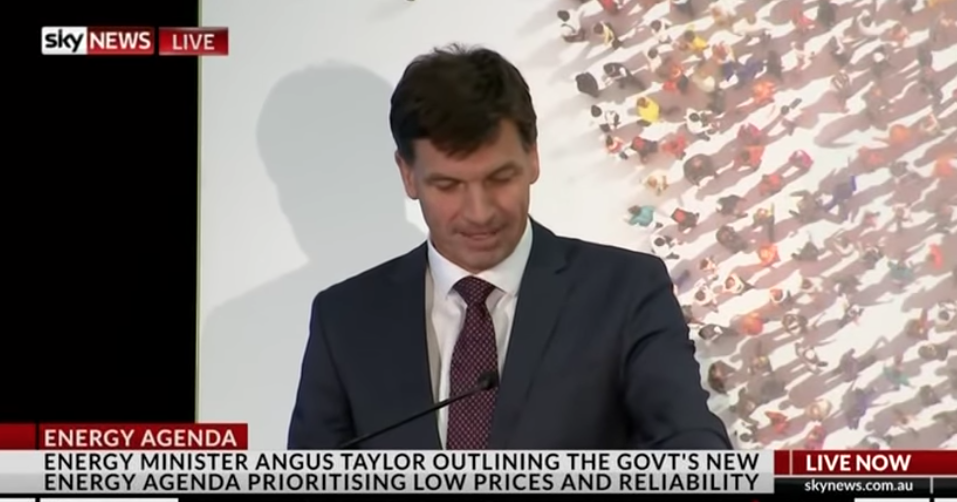
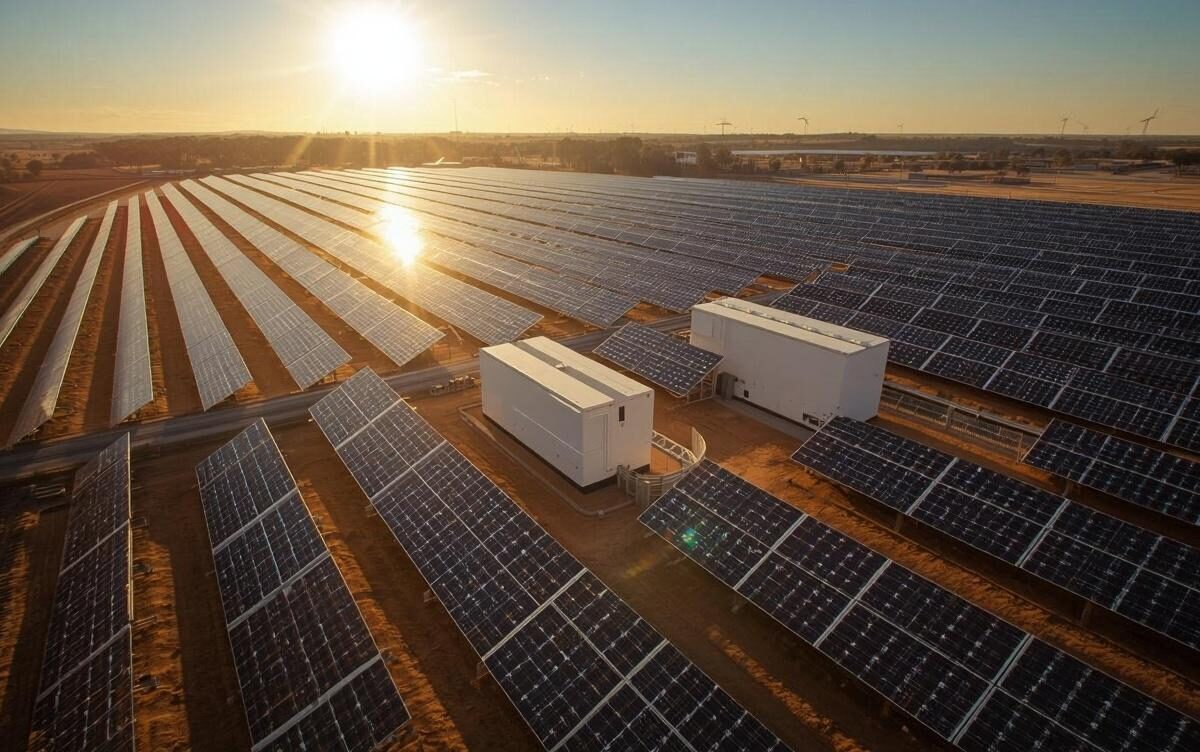

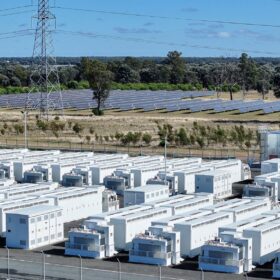

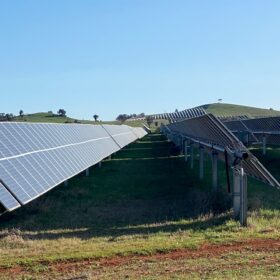
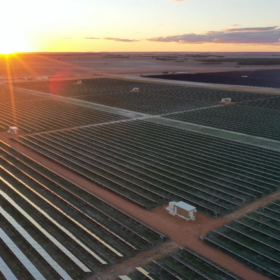
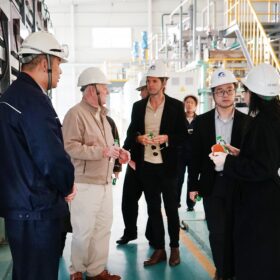
Vales Point does not supply and never has supplied the Tomago Aluminium Smelter
Hi Matt,
Thanks so much for your correction. Our apologies for the error.
Regards
Jonathan